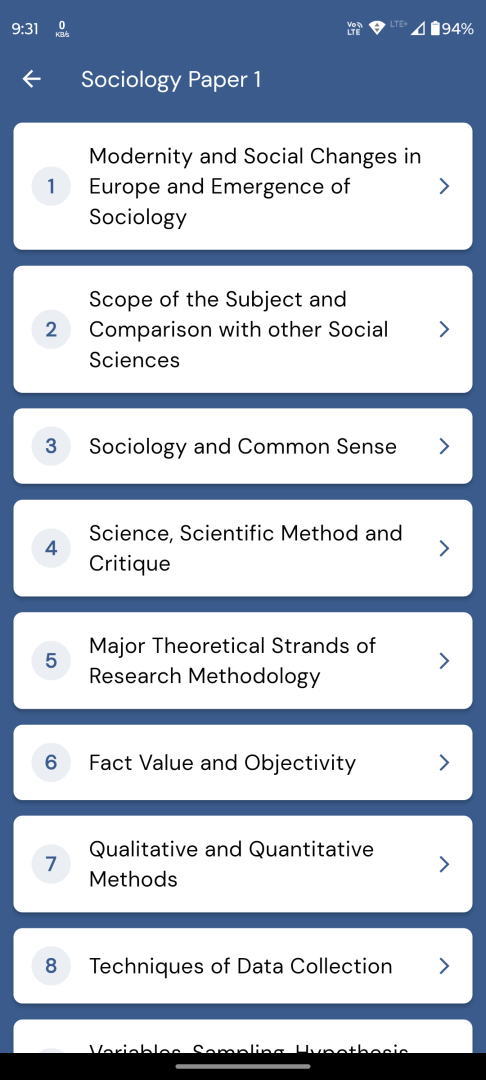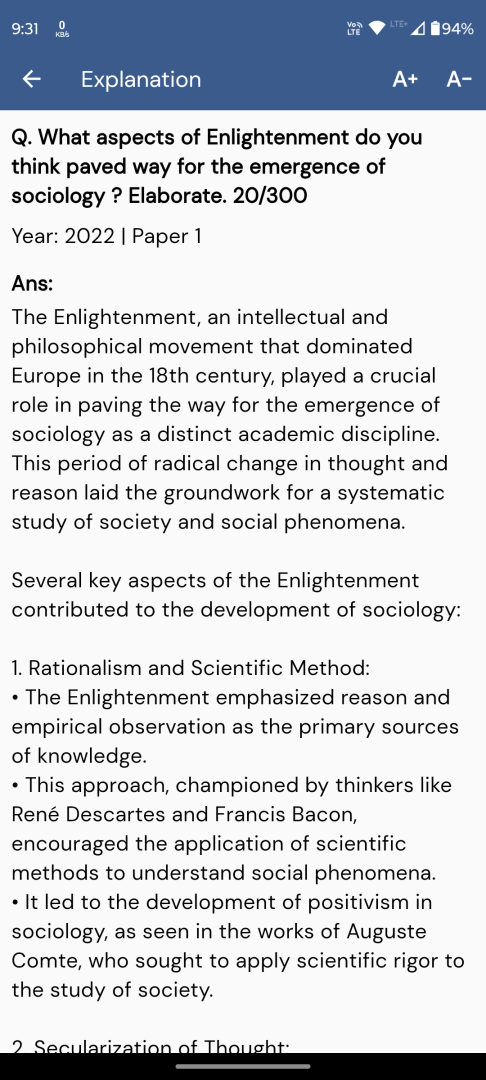Types of Social Mobility
Social mobility is a key concept in sociology that describes the movement of individuals, families, or groups within a society’s social hierarchy. This article explores various types of social mobility, their characteristics, and implications for social structure and individual life chances.
Types of Social Mobility
Vertical vs. Horizontal Mobility
Vertical mobility refers to movement up or down the social hierarchy. This type of mobility involves significant changes in an individual’s social status, often accompanied by shifts in power, prestige, and privileges. Examples include:
• Job promotions or demotions
• Significant changes in income or wealth
• Transitions between social classes
Horizontal mobility, on the other hand, involves movement within the same social stratum. While it doesn’t change an individual’s overall social position, it can lead to cultural or lifestyle changes. Examples include:
• Changing jobs of similar status
• Geographic relocation without status change
• Shifting between similar social groups or communities
Intragenerational vs. Intergenerational Mobility
Intragenerational mobility focuses on changes in social position within an individual’s lifetime, often centered on career progression and personal achievements. Key factors influencing this type of mobility include:
• Educational attainment
• Nature of the first job
• Personal skills and efforts
• Networking and professional connections
Intergenerational mobility examines changes in social position between generations, such as differences between parents and their children. This type of mobility reflects longer-term societal changes and family influences. Important factors include:
• Family background and resources
• Access to education and opportunities
• Broader societal structures and policies
Patterns of Social Mobility
Upward Mobility
Upward mobility represents movement to a higher social position. It’s often seen as an indicator of societal openness and meritocracy. Common pathways for upward mobility include:
• Acquiring wealth or property
• Entering prestigious occupations
• Attaining advanced education
• Marrying into a higher social class
Downward Mobility
Although less discussed, downward mobility – movement to a lower social position – is a significant phenomenon in many societies. It can be caused by:
• Job loss or career setbacks
• Economic downturns
• Personal or family crises
Downward mobility often has psychological impacts, including stress and the need for lifestyle adjustments. It’s worth noting that women may experience this more frequently due to career interruptions for family responsibilities.
Range of Mobility
The extent of movement within the social hierarchy is described as the ‘range’ of mobility:
• Short-range mobility involves movement between closely related social strata and is more common in most societies.
• Long-range mobility refers to significant jumps across multiple social strata. While less frequent, these cases often attract more attention and can have profound impacts on individuals and families.
Mechanisms of Social Mobility
Structural Mobility
Structural mobility results from changes in the overall structure of society, often due to:
• Industrialization and technological advancements
• Economic shifts and emergence of new industries
• Changes in political systems or policies
These structural changes can create new opportunities for upward mobility while potentially leading to downward mobility in declining sectors.
Exchange Mobility
Exchange mobility refers to the movement of individuals between positions without changing the overall social structure. It’s akin to people swapping social positions, maintaining the overall distribution of social statuses.
Sponsored vs. Contest Mobility
Ralph H. Turner introduced two contrasting systems of upward mobility:
1. Sponsored Mobility:
• Elite groups select and groom individuals for higher positions
• Characterized by controlled ascent and early selection
• Tends to maintain social stability and existing power structures
2. Contest Mobility:
• Individuals compete for higher positions based on merit
• Features open competition and delayed selection
• Can lead to more rapid social changes and is often associated with meritocratic ideals
Factors Influencing Social Mobility
Societal Openness
The degree of openness in a society significantly impacts social mobility:
• Closed societies have limited vertical mobility and rigid social structures
• Open societies offer greater opportunities for mobility and emphasize individual achievement
Education
Education plays a crucial role in social mobility by:
• Developing skills and knowledge
• Providing credentials valued in the job market
• Offering networking opportunities
• Potentially equalizing opportunities across different social backgrounds
Economic Factors
The broader economic context greatly influences social mobility:
• Economic growth can create new opportunities for upward mobility
• Recessions may lead to increased downward mobility
• Structural economic changes can render certain skills obsolete while valuing others
Government Policies
Various policies can impact social mobility:
• Welfare programs may provide safety nets and opportunities for lower-income groups
• Education policies can affect access to quality schooling and higher education
• Labor market regulations can influence job opportunities and wage structures
• Affirmative action policies may aim to increase mobility for disadvantaged groups
Understanding these various types and factors of social mobility is crucial for comprehending societal structures and individual life chances. As our world continues to change, so too will the dynamics of social mobility, making this an important area for ongoing research and policy consideration.




